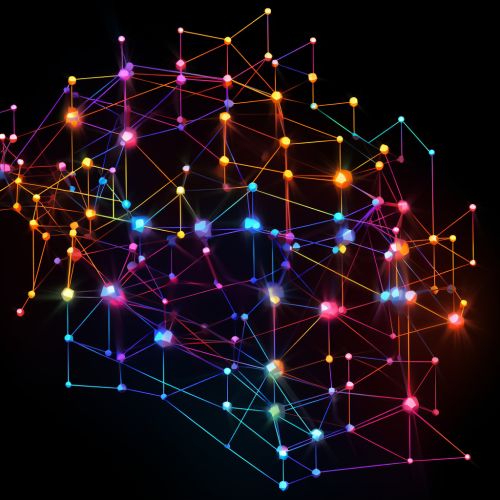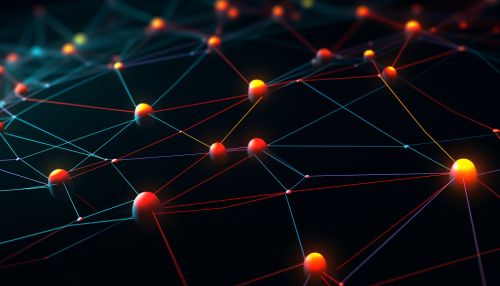Markov chain
Introduction
A Markov Chain is a mathematical model that undergoes transitions from one state to another within a finite or countable number of possible states. It is named after the Russian mathematician Andrey Markov, who pioneered the study of these chains. The defining characteristic of a Markov chain is that the probability of transitioning to any particular state depends solely on the current state and time elapsed, regardless of how the system arrived at its current state.
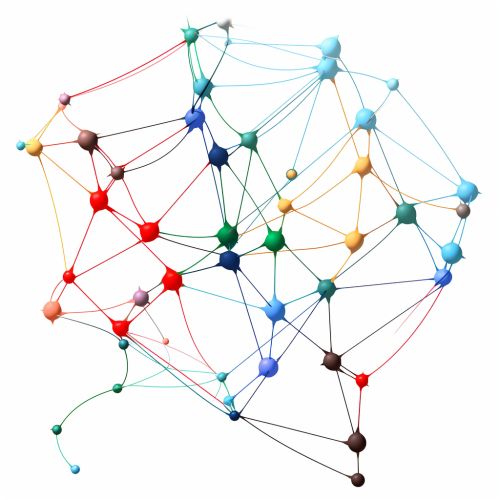
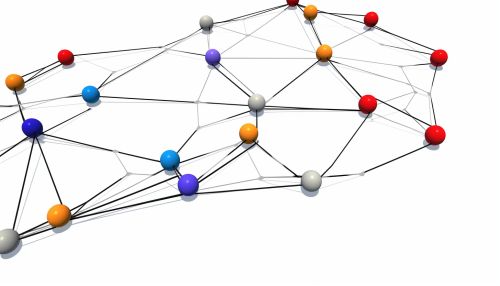
Mathematical Definition
Formally, a Markov chain is a sequence of random variables X1, X2, X3, ..., with the Markov property, namely that, given the present state, the future and past states are independent. More specifically, the conditional probability distribution for the next state depends only on the current state and not on the sequence of events that preceded it. This specific kind of "memorylessness" is called the Markov property.
Types of Markov Chains
Markov chains can be classified into many types, based on the nature of the state space, the time parameter, and the transition probabilities.
Discrete Time and Continuous Time Markov Chains
A Discrete Time Markov Chain (DTMC) is a sequence of random variables X0, X1, X2, ..., with the Markov property, such that the time parameter, understood as the number of steps in the chain, is a discrete parameter. In contrast, a Continuous Time Markov Chain (CTMC) is a time series with the Markov property, where the time parameter is continuous.
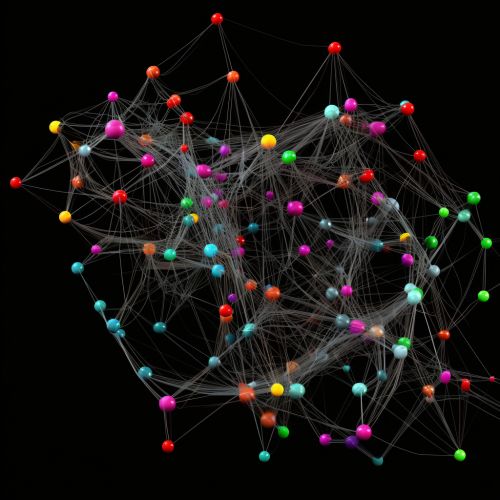
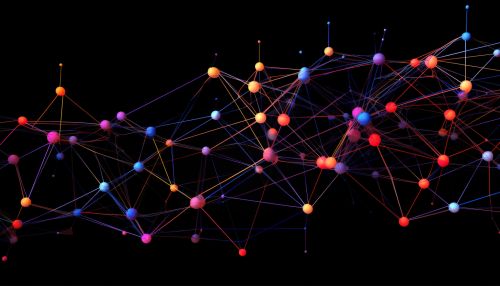
Finite and Countable State Markov Chains
In a Finite Markov Chain, the state space, which is the set of all possible states, is finite. On the other hand, in a Countable State Markov Chain, the state space is countably infinite.
Time Homogeneous and Time Inhomogeneous Markov Chains
In a Time Homogeneous Markov Chain, the transition probabilities are independent of time. In contrast, in a Time Inhomogeneous Markov Chain, the transition probabilities may change with time.
Applications of Markov Chains
Markov chains have many applications as statistical models of real-world processes. These include modeling neuron firing, genetics, and finance. They are also used in algorithmic applications such as Google's PageRank, and in machine learning algorithms.
In Physics
In physics, Markov chains are used to model random processes such as Brownian motion and other types of diffusion. The algorithms related to Markov chains are applied in the simulation of different physical systems.

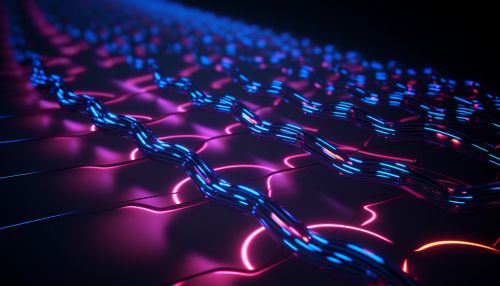
In Economics
Markov chains are used in economics to model a variety of different phenomena, including economic growth and business cycles, as well as to forecast future economic activity.
In Computer Science
In computer science, Markov Chains are used for data compression, speech recognition, and in various types of machine learning algorithms, including reinforcement learning and supervised learning.
Properties of Markov Chains
Several properties of Markov Chains are crucial for their applications in different fields. These properties include transience, recurrence, periodicity, and ergodicity.
Transience and Recurrence
A state in a Markov Chain is transient if, starting from that state, there is a non-zero probability that the chain will never return to it. Conversely, a state is recurrent if, starting from that state, the chain is certain to return to it with probability one.
Periodicity
A state in a Markov Chain is periodic if the chain can return to the state only at multiples of some integer larger than 1. If a state is not periodic, it is said to be aperiodic.
Ergodicity
A state in a Markov Chain is ergodic if it is both aperiodic and positive recurrent. If all states in a Markov Chain are ergodic, then the chain is said to be ergodic.
Conclusion
Markov Chains are a powerful mathematical tool used in various fields, including physics, economics, and computer science. Their ability to model complex systems and predict future states makes them invaluable in many areas of research and application.
